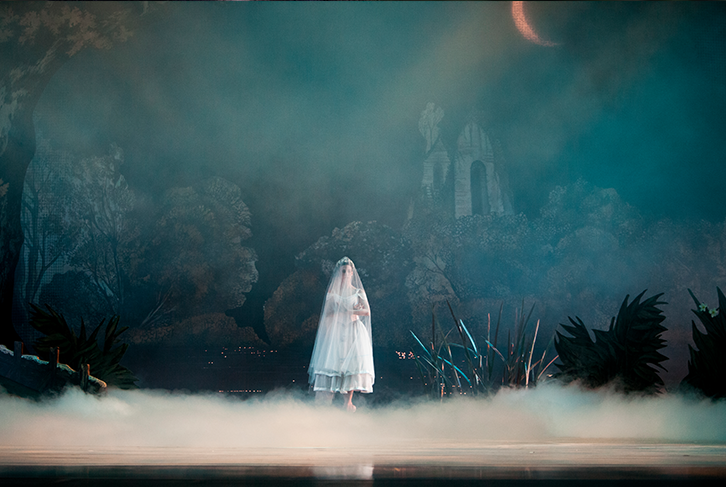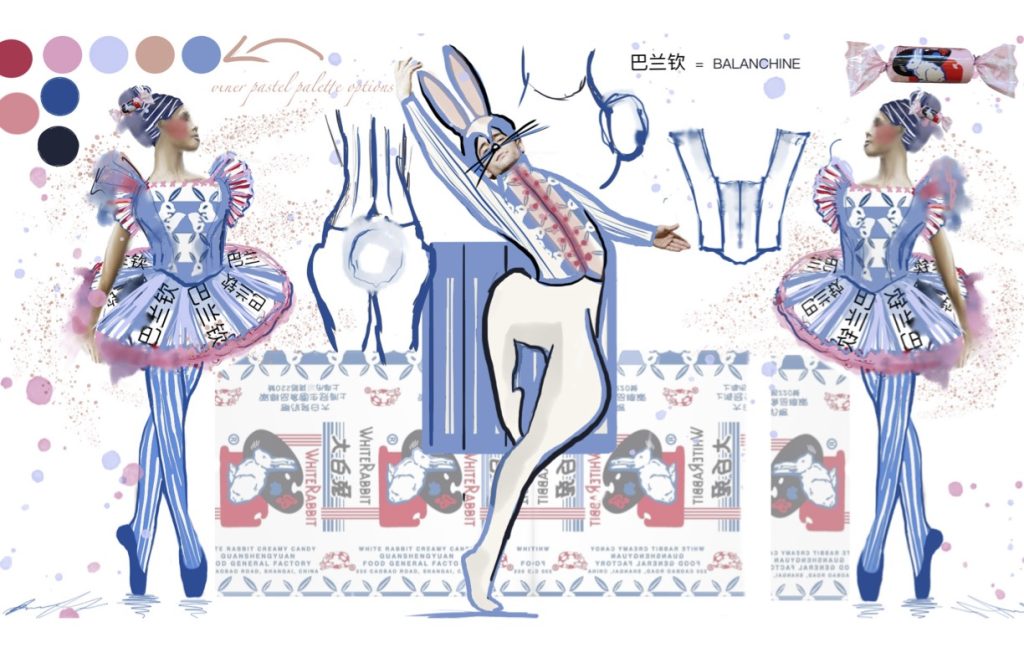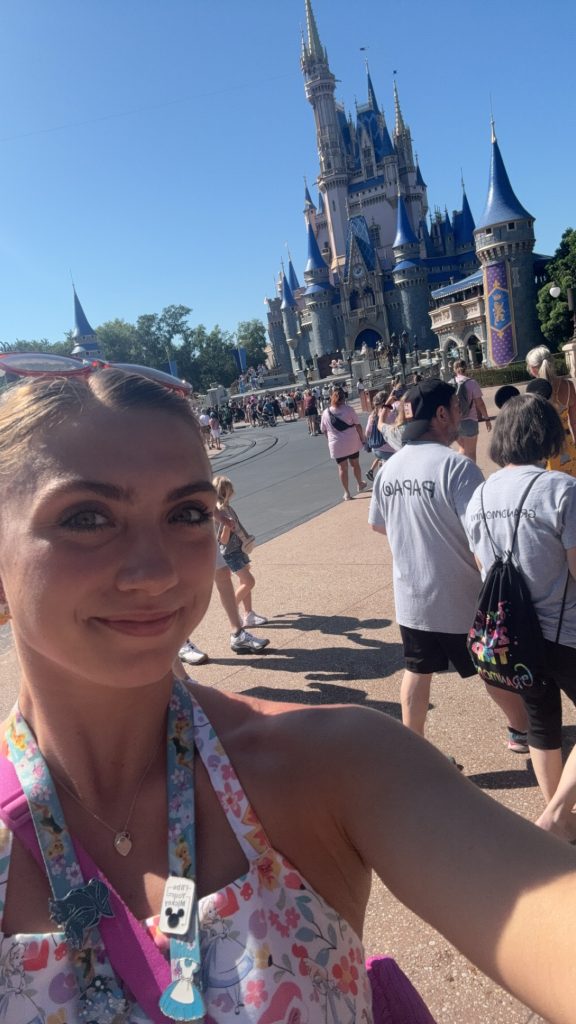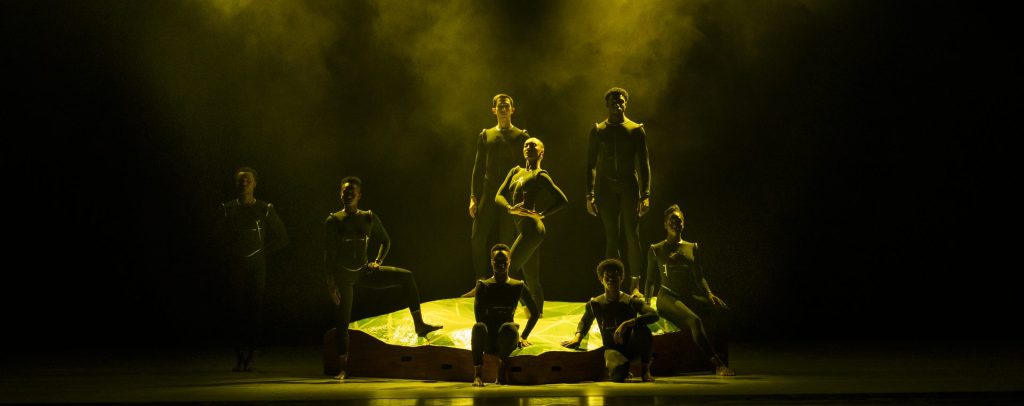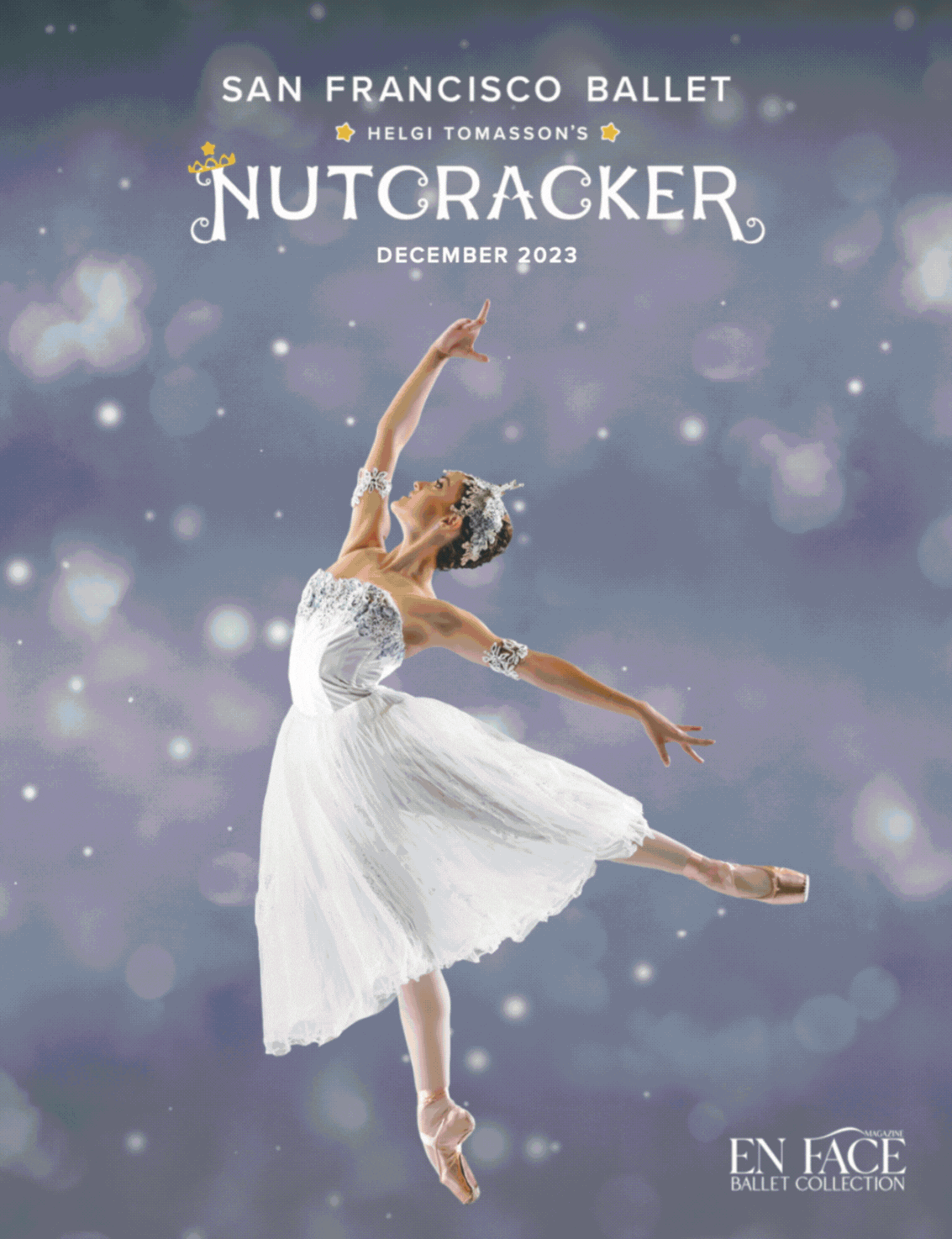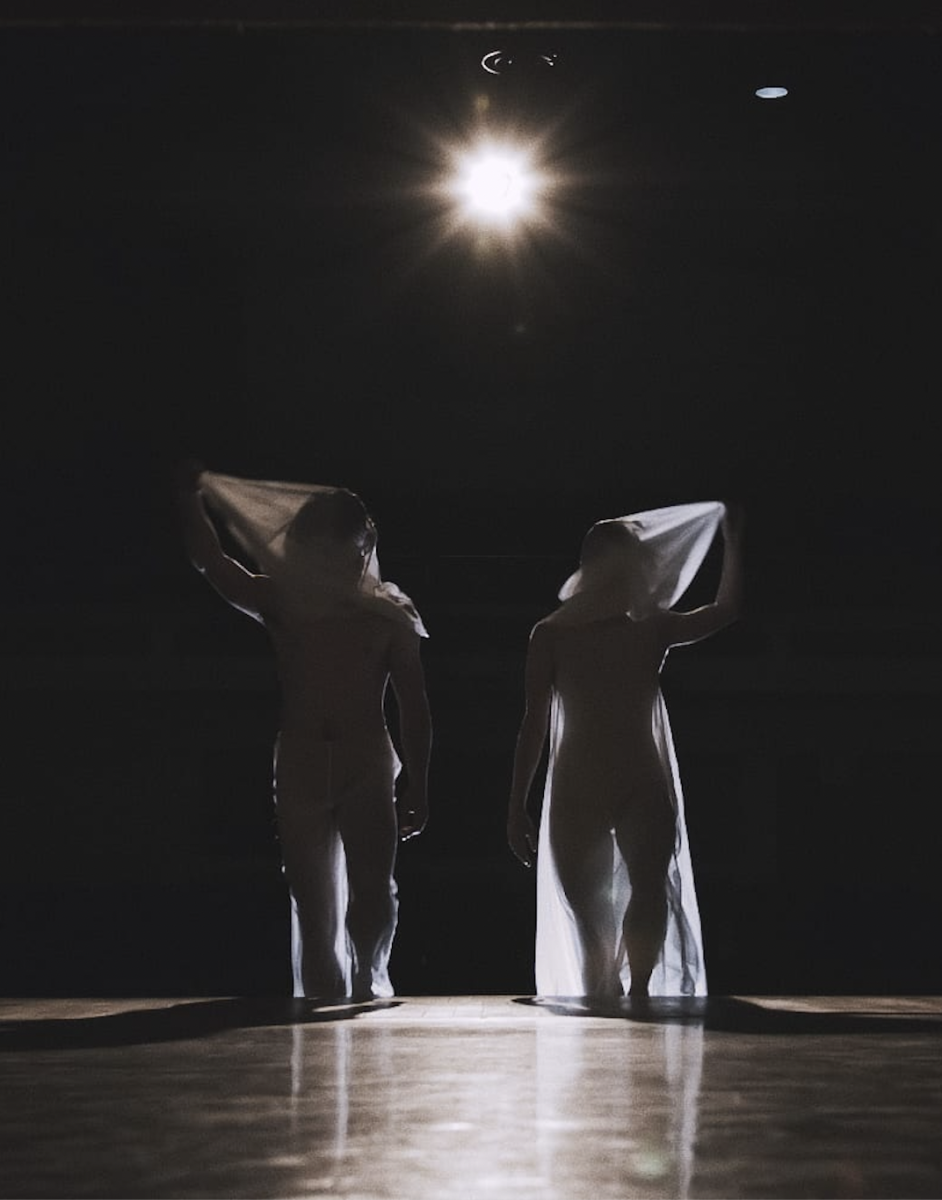
Ballet Austin’s PRELUDES/BEGINNINGS. Image by Jordan Moser & Paul Michael Bloodgood.
While it is often the whimsical beauty of ballet that first inspires us to fall in love with this art form, sometimes it is the dramatically dark performances that keep us coming back for more.
With Halloween just around the corner, we wanted to share with you five of our favorite spooky ballets from our partners as well as other amazing companies. Which one is your favorite and what should we add to our list for next Halloween? Tell us in the comments below!
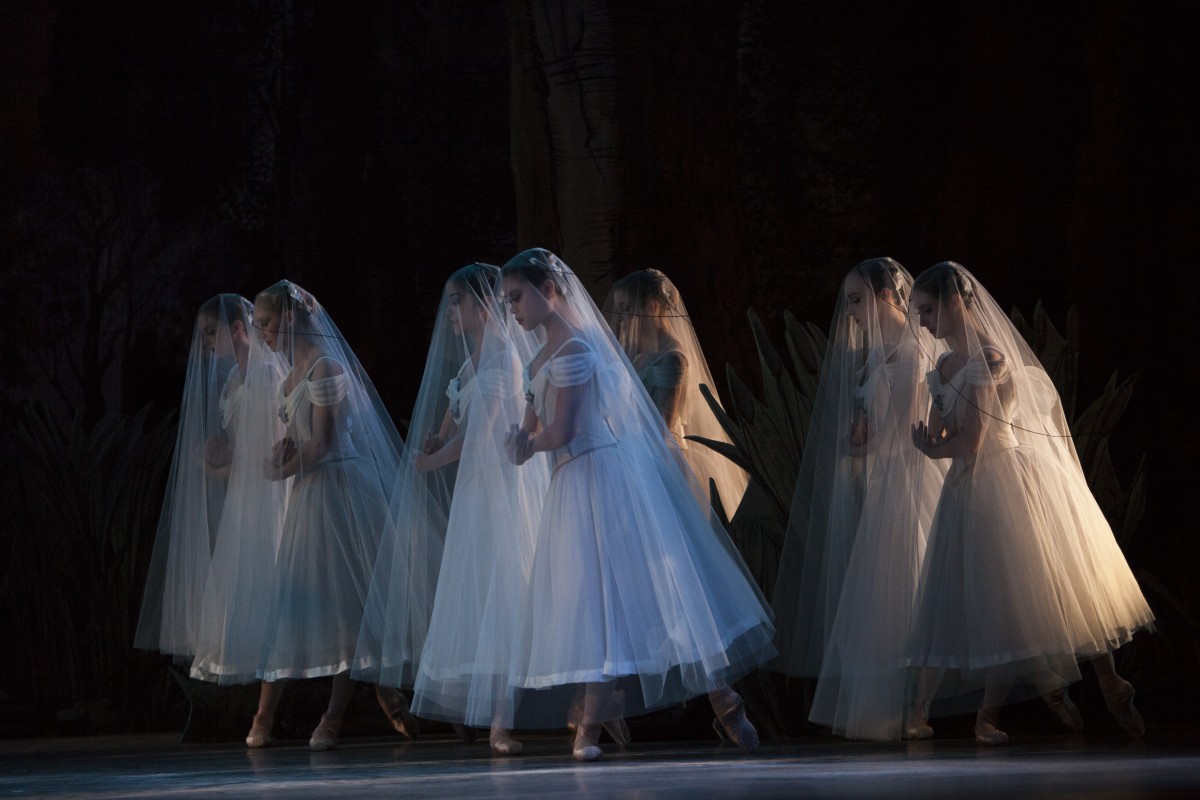
Pacific Northwest Ballet’s Giselle
Giselle
featuring Pacific Northwest Ballet
One of the classic ghostly ballets, Giselle, is the tragic and romantic story of a beautiful young peasant falling madly in love with a nobleman who has selfishly neglected to mention that he is engaged to be married to another woman. When the truth is revealed, Giselle goes mad and dies of heartbreak. After her death, she is summoned from her grave to join the vengeful, deadly sisterhood of the Wilis, the ghosts of unmarried women who died after being betrayed by their lovers and take revenge in the night by dancing men to death. Their next target? The man who caused Giselle’s death. Pacific Northwest Ballet is bringing its breathtaking version of Giselle to the stage in February 2023.
“Over the course of fifteen months they collaborated with Peter Boal on a new staging of Giselle that utilizes primary source documents, including a repetiteur believed to have been prepared in Paris, circa 1842, a complete notation of Giselle likely made in 1860’s Paris by Henri Justamant, and another choreographic notation made in St. Petersburg, circa 1899–1903. These manuscripts are particularly rich, and one of them has come to light only recently. Taken together, they provide crucial information, about both mime and dance scenes, that has been forgotten over time.
The idea for Giselle (1841) was inspired by two ghost stories, both read with relish by Théophile Gautier (1811-1872), the colorful balletomane, poet, critic, man-about-town, and staunch defender of Romanticism. One was a poem of Victor Hugo, “Phantoms”, about a beautiful young girl whose love for dancing leads to her demise. This short excerpt offers some sense of its lugubrious, chilling quality:
“Dancing caused her death; with eager, boundless love,
Dancing—dazzling, filling her with ecstasies—
And now her ashes thrill and gently move,
When, in a balmy night, white clouds above
Dance round the crescent of the skies.” “
Learn more about the production here.
Notes after plot synopsis by PNB’s Marian Smith.
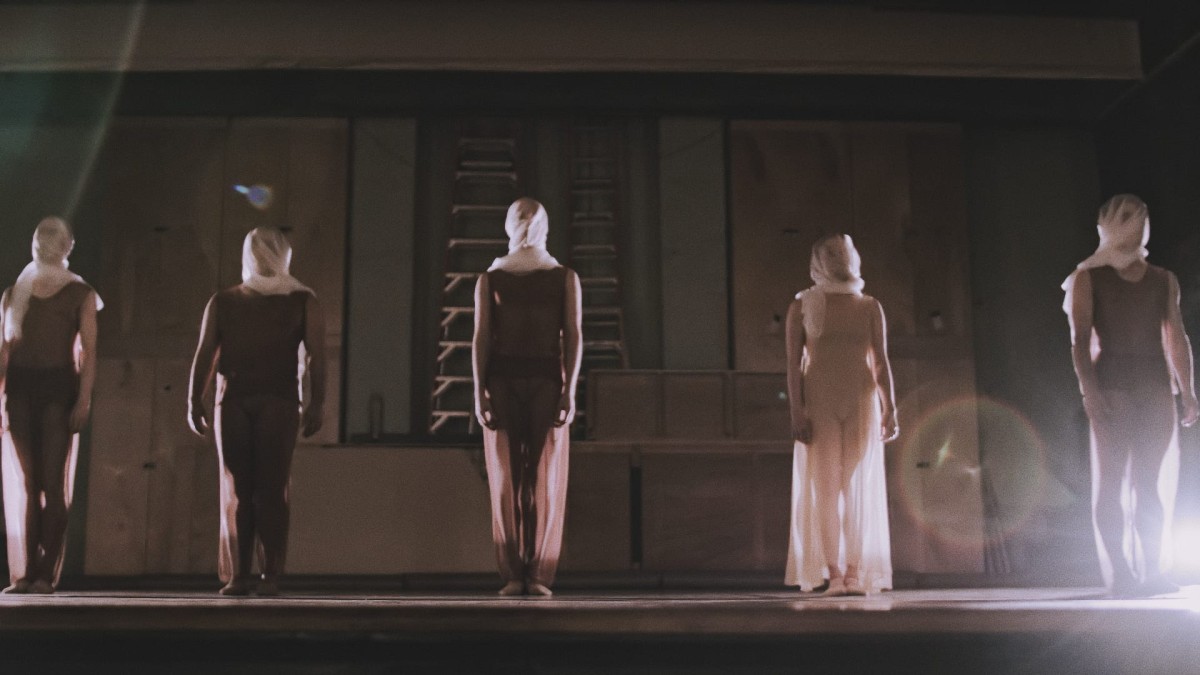
Ballet Austin’s PRELUDES/BEGINNINGS. Image by Jordan Moser & Paul Michael Bloodgood.
PRELUDES/BEGINNINGS
featuring Ballet Austin
Why dance a haunting ballet when you could take things up a notch and perform it in a theater that is rumored to actually be haunted?
When the all too real specter of Covid-19 was haunting all of us in lockdown, Ballet Austin’s Stephen Mills grappled with similar ghosts of past pandemics in their Regional Emmy award-winning dance film PRELUDES/BEGINNINGS which was performed on-site at the Scottish Rite Theater. It is said that the ghosts of convalescents who died in the makeshift hospital during the 1918 Spanish Influenza still roam the corridors to this day.
PRELUDES/BEGINNINGS beckons the souls to come out and dance through the night, returning to the rafters before dawn.
But be careful who you share the video with – ghosts still may inhabit the darkened corners of the film.
Learn more about the production here, if you dare.
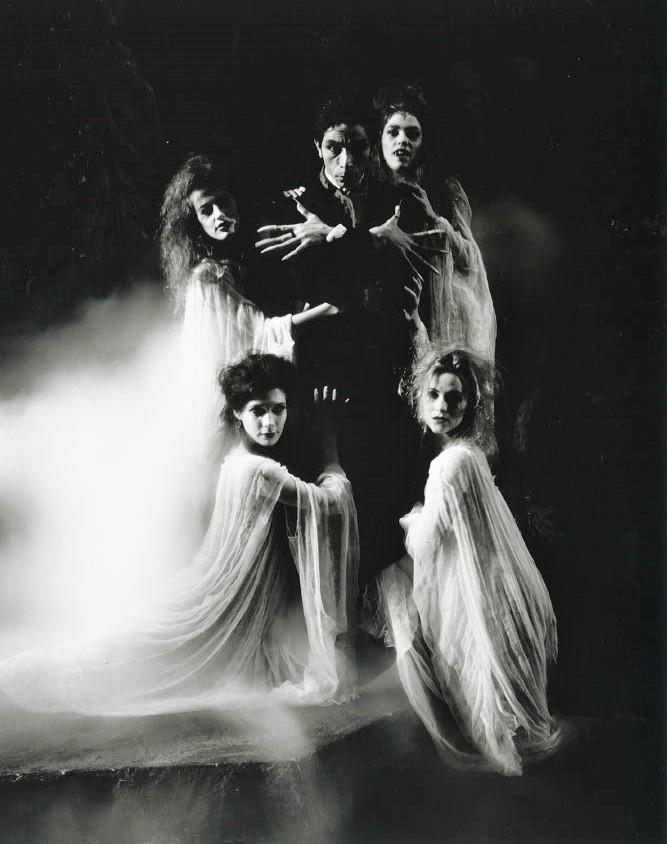
Dracula photo features former Ballet Idaho soloist Eloy Barragan from Ballet Idaho’s 1998 production, photos by Kent Peterson.
Dracula
featuring Ballet Idaho
“The lore of vampirism in popular culture will most likely never cease. While the notion of a blood-sucking creature is documented in even some of the earliest civilizations, it wasn’t until the 19th century when Bram Stoker’s novel of an Eastern European blood-draining count captivated the public; spurring an endless literature, film, and theater phenomenon. The infamous count didn’t spare the ballet world either, and Ballet Idaho could not resist sinking its teeth into it.
Choreographer Charles Bennett started visiting the idea of a dance interpretation of Dracula in the 1980s. Pulling romantic music from the actual time period of the novel’s debut (Wagner, Massenet) and intertwining it with authentic Romani music, Bennett created a dance drama that explored the human desire to meet the dark side and probe the supernatural.
In October of 1994, Charles Bennett’s seductive rendition came to Ballet Idaho, under the artistic direction of Toni Pimble. Calling it “a dance with bite” and a “visual feast,” The Idaho Statesman raved over the moody, macabre drama and Ballet Idaho’s bold risk of opening its season with it. It was so popular that it was brought back by popular demand in 1998.
So, if you’re chomping at the fangs to know when Ballet Idaho might produce this timeless horror again- fear not. Artistic Director Garrett Anderson says he is very interested in doing a version of it and would like to pursue it in the future.”
Learn more about Ballet Idaho here.
Notes by Ballet Idaho’s Cassie Mrozinski.
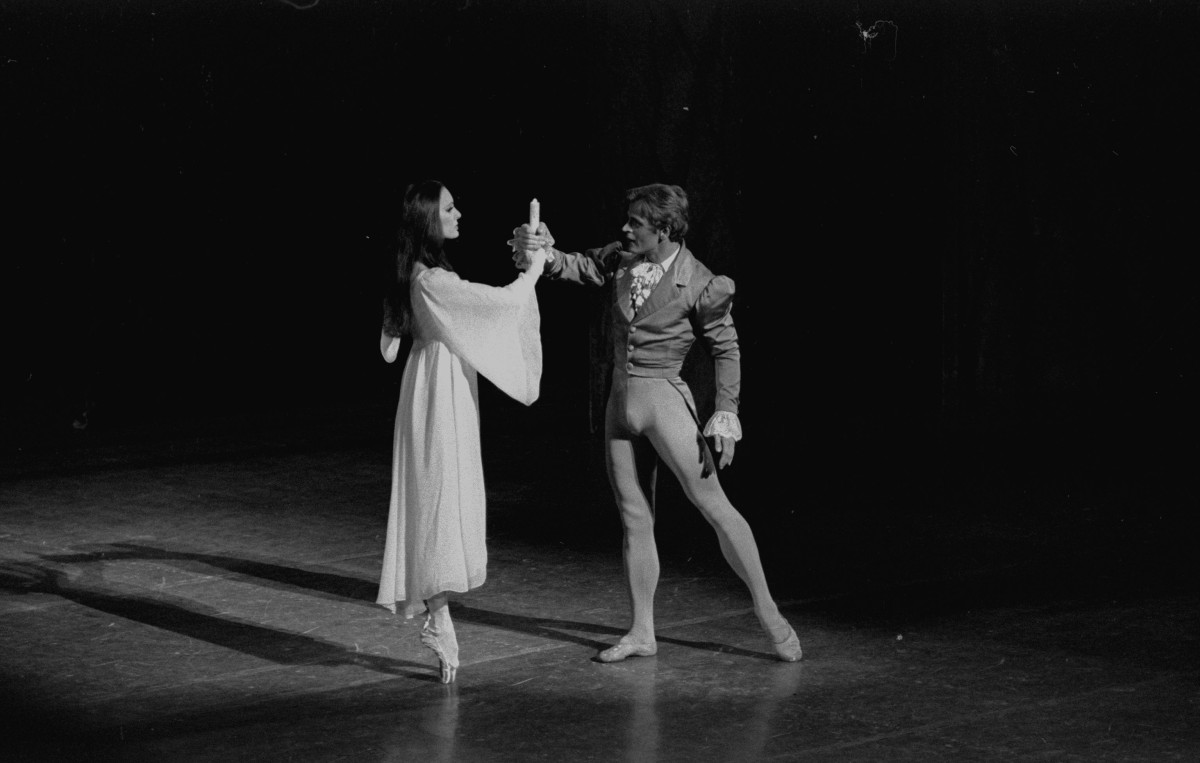
Billy Rose Theatre Division, The New York Public Library. “New York City Ballet production of “La Sonnambula” with Patricia McBride and Mikhail Baryshnikov, choreography by George Balanchine (New York)” The New York Public Library Digital Collections. 1979.
La Sonnambula
featuring New York City Ballet
“Deceit, desire, and death shadow La Sonnambula‘s masked ball, haunting with the image of a beautiful sleepwalker and the misfortune in her wake.
Balanchine choreographed this work (then called Night Shadow) in 1946, for Ballet Russe de Monte Carlo, featuring Alexandra Danilova, Nicholas Magallanes, and Maria Tallchief. He used music by Vittorio Rieti based on themes from several of Vincenzo Bellini’s operas. The ballet was first performed by New York City Ballet in 1960, with Allegra Kent, Erik Bruhn, and Jillana in the lead roles.
Set at a masked ball, the one-act La Sonnambula tells the story of a Coquette, a Poet, and a beautiful Sleepwalker. The story remains mysterious, inviting different interpretations of the characters’ actions and relationships; it is the moods and emotions evoked by Balanchine’s choreography that give the ballet its resonance. Its atmosphere of sinister menace brings to mind 19th-century Romantic ballets like Giselle and La Sylphide, with their haunting stories of doomed love.”
Notes by New York City Ballet. Read more here.

Edgar Degas’ The Ballet from “Robert le Diable”, Public Domain
Ballet of the Nuns
featuring Paris Opera Ballet
Let’s go back in time to the 1830s for one of the original spooky ballets. Marie Taglioni is one of the most famous ballet dancers of all time, known primarily for making dancing en pointe a lovely and integrated part of ballet instead of an acrobatic stunt thrown in for dramatic effect. Her father, Filippo Taglioni, choreographed many ballets for her to star in (La Sylphide being the most famous), and the Ballet of the Nuns is one of those many.
A short ballet tucked into the third act of Giacomo Meyerbeer’s opera Robert Le Diable, The Ballet of the Nuns was performed at the Paris Opéra and was so popular that it was performed over 750 times within the span of a decade. (Taglioni only performed in the first few however.) The story is of deceased nuns who have broken their vows, rising from their tombs in an abandoned cloister that has fallen into ruin. Their aim is to seduce our protagonist, a knight, into accepting a talisman to win him a princess.
The scene begins with trap doors masked as tombs opening from the floor, the newly installed gas lighting of the theater throwing ghastly shadows across these dancers in white crawling out of the floor to seduce the hero to sins of pleasure. At the end of the ballet, the nuns return to their tombs and our hero is safe.
“A crowd of mute shades glides through the arches. All these women cast off their nuns’ costumes, they shake off the cold powder of the grave; suddenly they throw themselves into the delights of their past life; they dance like bacchantes, they play like lords, they drink like sappers. What a pleasure to see these light women.”
– A reviewer for the Revue des Deux-Mondes
Sadly the choreography of this piece has been lost to time, however, Edgar Degas himself was captivated by the ballet and captured a brief moment of its power for us. You can see it on display at The Met today.

